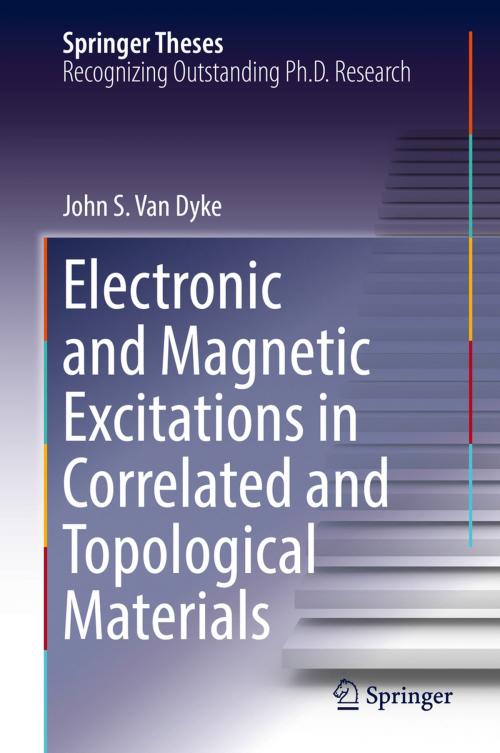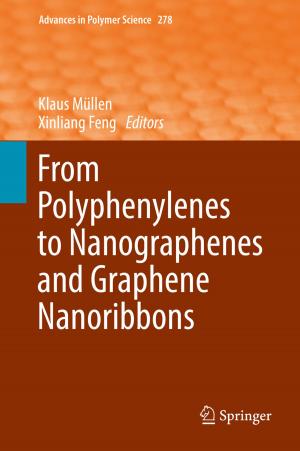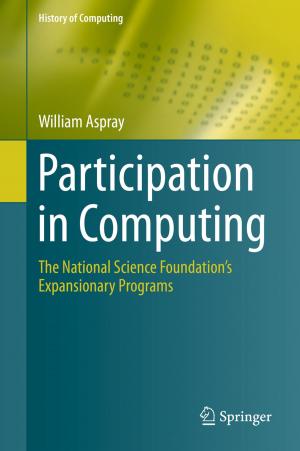Electronic and Magnetic Excitations in Correlated and Topological Materials
Nonfiction, Science & Nature, Science, Other Sciences, Nanostructures, Technology, Superconductors & Superconductivity| Author: | John S. Van Dyke | ISBN: | 9783319899381 |
| Publisher: | Springer International Publishing | Publication: | May 17, 2018 |
| Imprint: | Springer | Language: | English |
| Author: | John S. Van Dyke |
| ISBN: | 9783319899381 |
| Publisher: | Springer International Publishing |
| Publication: | May 17, 2018 |
| Imprint: | Springer |
| Language: | English |
This thesis reports a major breakthrough in discovering the superconducting mechanism in CeCoIn5, the “hydrogen atom” among heavy fermion compounds. By developing a novel theoretical formalism, the study described herein succeeded in extracting the crucial missing element of superconducting pairing interaction from scanning tunneling spectroscopy experiments. This breakthrough provides a theoretical explanation for a series of puzzling experimental observations, demonstrating that strong magnetic interactions provide the quantum glue for unconventional superconductivity. Additional insight into the complex properties of strongly correlated and topological materials was provided by investigating their non-equilibrium charge and spin transport properties. The findings demonstrate that the interplay of magnetism and disorder with strong correlations or topology leads to complex and novel behavior that can be exploited to create the next generation of spin electronics and quantum computing devices.
This thesis reports a major breakthrough in discovering the superconducting mechanism in CeCoIn5, the “hydrogen atom” among heavy fermion compounds. By developing a novel theoretical formalism, the study described herein succeeded in extracting the crucial missing element of superconducting pairing interaction from scanning tunneling spectroscopy experiments. This breakthrough provides a theoretical explanation for a series of puzzling experimental observations, demonstrating that strong magnetic interactions provide the quantum glue for unconventional superconductivity. Additional insight into the complex properties of strongly correlated and topological materials was provided by investigating their non-equilibrium charge and spin transport properties. The findings demonstrate that the interplay of magnetism and disorder with strong correlations or topology leads to complex and novel behavior that can be exploited to create the next generation of spin electronics and quantum computing devices.















